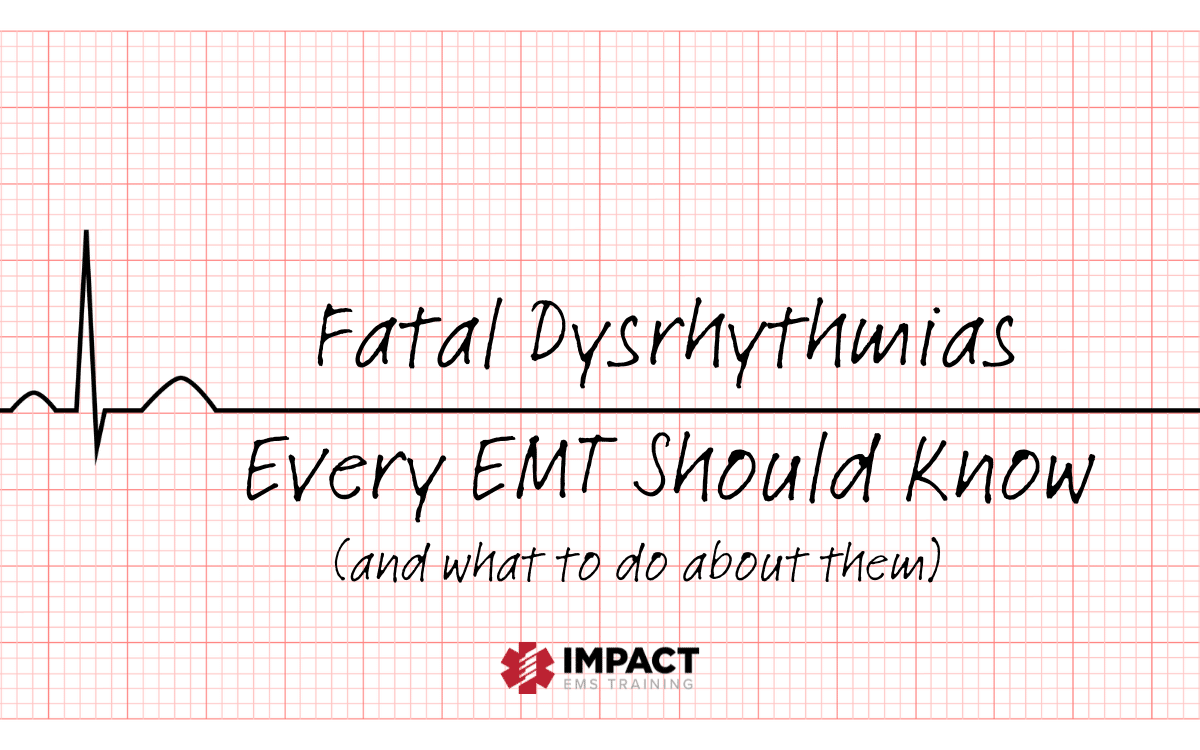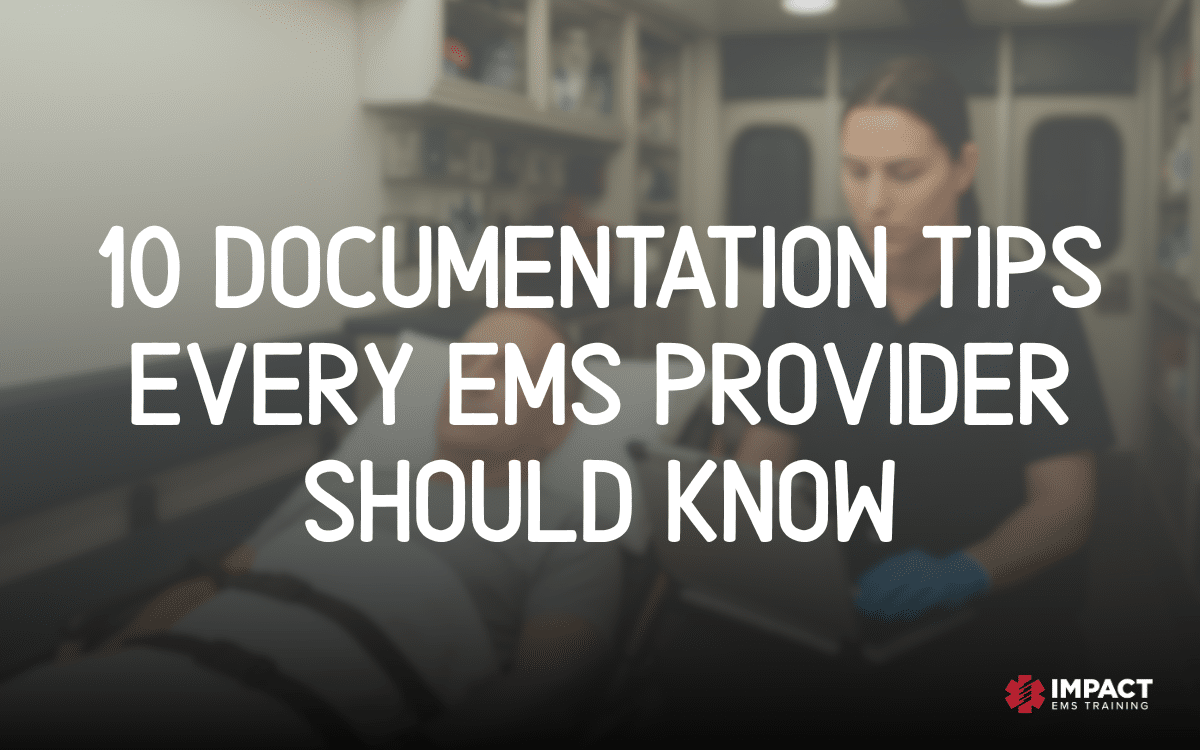Becoming an Emergency Medical Technician (EMT) is a rewarding career choice for individuals with a passion for helping others. EMTs are vital members of the emergency medical services (EMS) team, providing life-saving care and transportation to patients in need. If you are interested in pursuing a career as an EMT, this guide will provide you with a step-by-step approach to get started.
Table of Contents
What is an EMT?
An Emergency Medical Technician (EMT) is a trained healthcare professional who provides care to patients in emergency situations. EMTs are often the first responders on the scene, offering critical care and transportation to individuals needing urgent medical attention.
EMTs are vital in the emergency medical services (EMS) system. They are responsible for assessing patients, providing basic life support (BLS), administering necessary medical interventions, and stabilizing patients for transportation to healthcare facilities.
EMTs are trained to handle various medical emergencies, including traumatic injuries, cardiac arrest, respiratory distress, and other life-threatening conditions. They are skilled in performing cardiopulmonary resuscitation (CPR), controlling bleeding, managing fractures, administering oxygen, and providing emergency medications when necessary.
EMTs work closely with other members of the healthcare team, such as paramedics, nurses, and physicians, to ensure seamless patient care. They communicate patient information, vital signs, and treatment interventions to the receiving healthcare facility to facilitate continuity of care.
In summary, an EMT is a dedicated healthcare professional trained to respond quickly and effectively in emergency situations. Their skills, knowledge, and compassionate care are crucial in providing life-saving interventions and ensuring the well-being of patients in critical conditions.
How Long Does It Take To Become an EMT?
The duration of EMT training can vary depending on the level of certification you are pursuing and the specific program you choose. Becoming an EMT-Basic typically requires the shortest amount of training compared to other EMS levels. Most EMT-B programs usually range from 120 to 150 hours of training. These programs are designed to provide students with the fundamental knowledge and skills needed to handle emergency situations and deliver basic life support care.
EMT-B training programs often include online and in-classroom instruction, hands-on skills practice, and clinical experience in an ambulance or healthcare setting. The curriculum covers patient assessment, airway management, CPR, splinting, medical emergencies, and more.
Education and Training
High School Diploma
Before embarking on your journey to become an EMT, you are required to have a high school diploma or equivalent.
EMT Programs and Training
To become an EMT, you must enroll in an EMT program. These programs are typically offered by technical schools, community colleges, and hospitals. Look for accredited programs that meet the standards set by the National Registry of Emergency Medical Technicians (NREMT) and that are accredited.
EMT training programs consist of both classroom instruction and hands-on clinical experience. The curriculum covers topics such as emergency medical care, basic life support (BLS), CPR certifications, and skills required to provide life-saving care. You will learn to assess patients, control bleeding, perform cardiopulmonary resuscitation (CPR), and more.
EMT Certification
Upon completion of your EMT training program, you will be eligible to take state and NREMT certification exams. Not all EMTs carry both certifications, there are benefits to holding both certifications.
The NREMT exam consists of a cognitive examination and a psychomotor exam. The cognitive examination assesses your knowledge of EMS operations, emergency management, medical knowledge, and the skills required to be an effective EMT. The psychomotor examination evaluates your ability to perform essential EMT skills, such as assessing and managing patients, providing basic life support, and transporting patients safely.
EMT Recertification
Certification is not a one-time achievement. It is important for EMTs to undergo recertification to ensure their skills and knowledge remain up to date. The NREMT requires EMTs to recertify every two years to maintain their certification status, and each state has its own standards for recertification.
Recertification typically involves completing EMT refresher courses and demonstrating competency in essential EMT skills. EMTs must accumulate a certain number of continuing education hours, which may vary depending on the state.
EMTS must keep track of their recertification deadlines and fulfill the necessary requirements on time. Failure to recertify within the designated timeframe may result in the expiration of certification, which could limit job opportunities and require additional steps to reinstate the certification.
EMTs should stay informed about recertification guidelines specific to their state or NREMT guidelines. By staying proactive and maintaining their certification, EMTs can continue providing high-quality, life-saving care to patients in need.
Salary Expectations for EMTs
EMTs play a crucial role in providing emergency medical care and saving lives in emergency situations. While salary can vary based on factors such as experience, location, and level of certification, here is a general overview of the salary expectations for EMTs:
Median Annual Salary
According to the U.S. Bureau of Labor Statistics, the median annual wage for EMTs was $36,650 as of the latest available data in 2020. This means that half of the EMTs earned more than this amount, while the other half earned less.
It’s important to note that salary can vary significantly based on factors such as geographic location and the type of employer. EMTs working in metropolitan areas or for government agencies may have higher salary prospects than those working in rural areas or for private ambulance services.
Career Advancement and Experience
According to the U.S. Bureau of Labor Statistics, the job outlook for EMTs and paramedics is projected to grow at a faster-than-average rate. The increasing demand for emergency medical care and the need to replace retiring personnel contribute to this positive job outlook.
EMTs can enhance their earning potential through career advancement and gaining experience. By acquiring additional certifications, such as EMT-Intermediate or EMT-Paramedic, EMTs can expand their scope of practice and qualify for higher-paying positions. With their advanced skills and responsibilities, paramedics generally earn higher salaries than EMT-Basics.
Furthermore, experience in the field can lead to salary increases. As EMTs gain more practical knowledge, proficiency in critical care, and a proven track record of delivering high-quality patient care, they become more valuable assets to employers and may be eligible for higher wages.
Other Considerations
While salary is an important factor, other aspects of compensation for EMTs are worth considering. Some employers may offer benefits such as health insurance, retirement plans, paid time off, and opportunities for overtime or shift differentials.
Additionally, working in the EMS field provides the satisfaction of making a meaningful impact on people’s lives and being part of a dedicated healthcare team. The intrinsic rewards and fulfillment of the job should also be considered alongside monetary compensation.
A Day in the Life of an EMT
Being an Emergency Medical Technician (EMT) is an exciting and dynamic profession. It is important to note that the daily routine of an EMT can be highly unpredictable. Emergencies can arise at any time, requiring EMTs to be ready to respond promptly and adapt to different situations.
Here’s a glimpse into what a typical day in the life of an EMT might look like:
Preparedness and Shift Start
The day begins with the EMT arriving at the designated EMS station or ambulance base. They start by checking the equipment and supplies, ensuring everything is in working order and properly stocked. EMTs review the daily shift assignments, familiarize themselves with the specific ambulance they will use, and gather essential equipment and supplies.
Receiving Calls and Dispatch
Once the shift begins, EMTs may receive emergency calls through a dispatch system. Dispatchers provide details about the location and nature of the emergency, enabling EMTs to respond promptly. EMTs communicate with their partner and other members of the EMS team to coordinate their response.
Responding to Emergencies
EMTs quickly assess the situation and safely navigate the ambulance to the emergency scene. Upon arrival, they evaluate the patient’s condition, obtain vital signs, and gather relevant medical history. EMTs employ their knowledge and skills to deliver immediate medical care, including administering CPR, providing oxygen, immobilizing fractures, controlling bleeding, or managing airway issues.
Patient Care and Transportation
EMTs provide essential medical care to stabilize patients on-site. They monitor vital signs, administer medications if necessary, and communicate with the receiving healthcare facility to update them on the patient’s condition. EMTs carefully transfer the patient to the ambulance, ensuring their safety and comfort, and transport them to the appropriate healthcare facility while continuously monitoring their condition and providing additional care as needed.
Documentation and Reporting
Throughout the day, EMTs maintain accurate and thorough documentation of their interactions with patients. This includes recording vital signs, procedures performed, medications administered, and any other relevant information. Accurate documentation ensures continuity of care and assists in medical record keeping.
Restocking and Decontamination
After each call, EMTs restock and clean the ambulance, ensuring it is prepared for the next emergency. They dispose of medical waste appropriately and follow proper decontamination protocols to maintain a safe and sanitary work environment.




